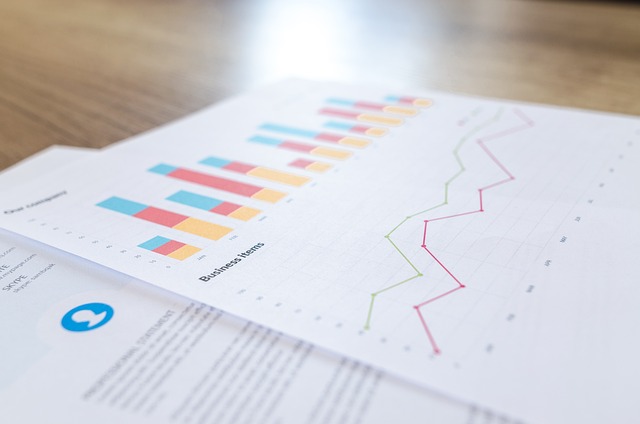Revealing Report Explores Dominant Trends Shaping Industries

Forecasts put the P&C industry’s combined net ratio at 102.2 in 2023, down from 102.4 in 2022.
Poor underwriting performance in personal lines, driven in part by greater catastrophe losses, is to blame, according to a recent analysis from the Insurance Information Institute (Triple-I) and Milliman.
“Catastrophe losses in the first half of 2023 were the highest in over two decades, slightly higher than the record set in the first half of 2021,” stated Dale Porfilio, chief insurance officer of Triple-I.
However, Porfilio said that the personal auto net combined ratio is “beginning to show incremental improvement,” with an estimate of 109.5 in 2023 despite the large losses.
He also noted that the 2023 estimate of 104.8 for homeowners is quite close to the actual 2022 figure, and that the majority of the increased disaster losses witnessed in the first part of the year fell disproportionately on homeowners.
Porfilio remarked on commercial lines’ “strong overall performance,” with premium growth for commercial car insurance expected to reach 9% in 2023, 9% in 2024, and 7% in 2025, according to the report.
Net combined ratios in the P&C sector are forecast to “incrementally improve each year from 2023 to 2025, with the industry returning to a small underwriting profit in 2025,” as predicted by Porfilio.
Triple-I chief economist and data scientist Michel Léonard cites inflation and rising interest rates as further contributors to the industry’s underwriting performance.
Léonard claims that the “post-COVID growth bump” will allow property/casualty underwriting growth to track with GDP growth through 2024.
He also predicted that the US CPI will stay in the mid to upper 3% level through the end of the year, with P/C replacement prices rising at a slower rate than inflation.
Léonard also said that private passenger auto underlying growth has returned to its pre-pandemic pattern, with replacement prices continuing to fall as supply chain backlogs and labour problems subside.
In this regard, Porfilio noted that their projected underwriting losses through 2025 were influenced by a 55 percent rise in cumulative replacement costs from 2019 to 2022.
However, premium increases between 2023 and 2025 are likely to be above average because of price hikes.
In addition, Milliman partner and consulting actuary Jason B. Kurtz cited workers’ compensation as “the brightest spot among all major P&C product lines,” with healthy underwriting profits expected to persist until 2025.
However, he predicted that premium increases would be quite low, at around 3% annually.
“Overall frequency continues its long-term negative trend as workplaces continue to get safer,” said Donna Glenn, chief actuary at the National Council on Compensation Insurance (NCCI). “Medical severity has remained moderate despite rising inflation,” the article continues. “Wages and employment are above pre-pandemic levels.”
We value your opinions! Comment your thoughts on this story.


